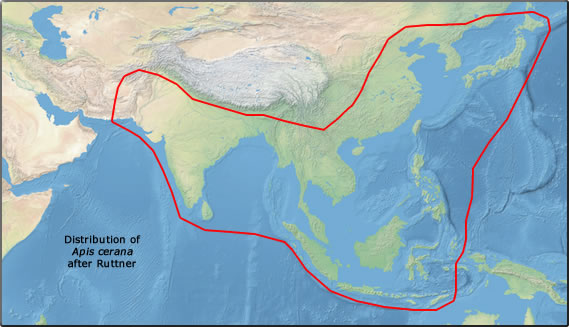.
When good flow is going, a big hive can handle 5-7 kg honey in a day. What is the amount of nectar coming on, I do not know. Drying nectar keep the hive cool. Working bees give heat to the hive.
Sometimes when the fliw is huge from rape, bees stop wotking and make a big cluster into the shadow side of the hive.
When rape field is over 1 km distance from hive, I have not met clustering on out hive fall. These hives get only half from the yield, what the hives get which on the side of rape field.
Xxxxxxx
An Australian bee researcher told that when the out temps were over 40C, nucs' brood died. Big hives absconded in the heat.
The reason is that the earth in front of sunny place of hive is hot. much more higher than in shadow The soil is hot, and beehive takes that hot air from the level of ground, when it ventilates.
Combs melted partly and then arrived small hive beatles to the party.
It is reported about Australian feral bees, that they can live only near water ponds. They get cooling water from pond.
But you find good text from google with term "beehive temperature control"
. We have seldom over 30C temp. But that is in shadow. IT is not same air what bees take in in hot days.
.
.




















































